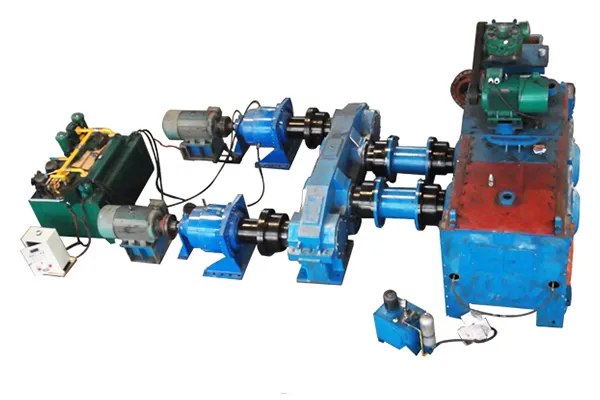A briquetting machine is designed to compress raw materials into solid briquettes with high density and durability. However, in actual production, many users find that the briquettes are not strong enough, easily breaking apart during handling, storage,or transportation. This problem not only reduces product quality but also increases material loss and operational costs.
Reasons Why Briquetting Is Not Strong

Part 1: Reasons Why the Final Briquettes Are Not Strong
When briquettes fall apart easily, it’s almost always a problem with one of three key areas: the raw material, the machine’s condition/settings, or the operating procedure.
A. Raw Material Issues (The “Ingredients”)
This is the most frequent cause of weak briquettes.
Incorrect Moisture Content: This is the #1 culprit.
Too Wet (>12-15%): Excess moisture turns into steam inside the die. This steam creates high pressure, which can cause cracks or even small explosions in the briquette as it exits the machine. The final briquette will be weak and have a rough, fractured surface.
Too Dry (<6-8%): The material won’t flow or compact properly. Lignin (the natural binder in biomass) requires a small amount of moisture to plasticize and bind effectively. Overly dry material results in a crumbly, poorly formed briquette.
Ideal Range: For most biomass (like sawdust), the ideal moisture content is 8% to 12%.
Improper Particle Size:
Too Large: Large particles create voids (air pockets) within the briquette, leading to weak points. They don’t compact uniformly, resulting in a product that easily breaks.
Too Fine (like dust): While better than too large, extremely fine powder can sometimes trap air and may require higher pressure or specific binder ratios to form a strong briquette.
Ideal Size: Generally, particles should be under 5-6 mm for screw-type presses. A consistent, uniform size is key.
Low Lignin Content or Lack of Binder:
Lignin is a natural polymer in wood and biomass that melts under high heat and pressure, acting as a natural glue. Materials like sawdust are rich in lignin.
Materials with low lignin (e.g., rice husks, some grasses) or non-biomass materials (e.g., coal dust, charcoal powder) won’t bind well on their own. They require an external binder (like starch, molasses, or clay) to be mixed in.
Material Purity:
Contaminants like sand, soil, stones, or metal will disrupt the compaction process, create weak spots, and severely damage the machine’s components (especially the screw and die).
B. Machine-Related Issues (The “Equipment”)
If your material is perfect, the problem lies with the machine itself.
Incorrect Temperature:
Too Low: If the heating collars on the die are not hot enough, the lignin in the biomass won’t melt properly. Without this “glue” being activated, the briquette will be loose and crumbly.
…
For more detailed information about the reasons why the briquetting machine is not strong, please click here: https://www.zymining.com/en/a/news/reasons-why-briquetting-is-not-strong.html


